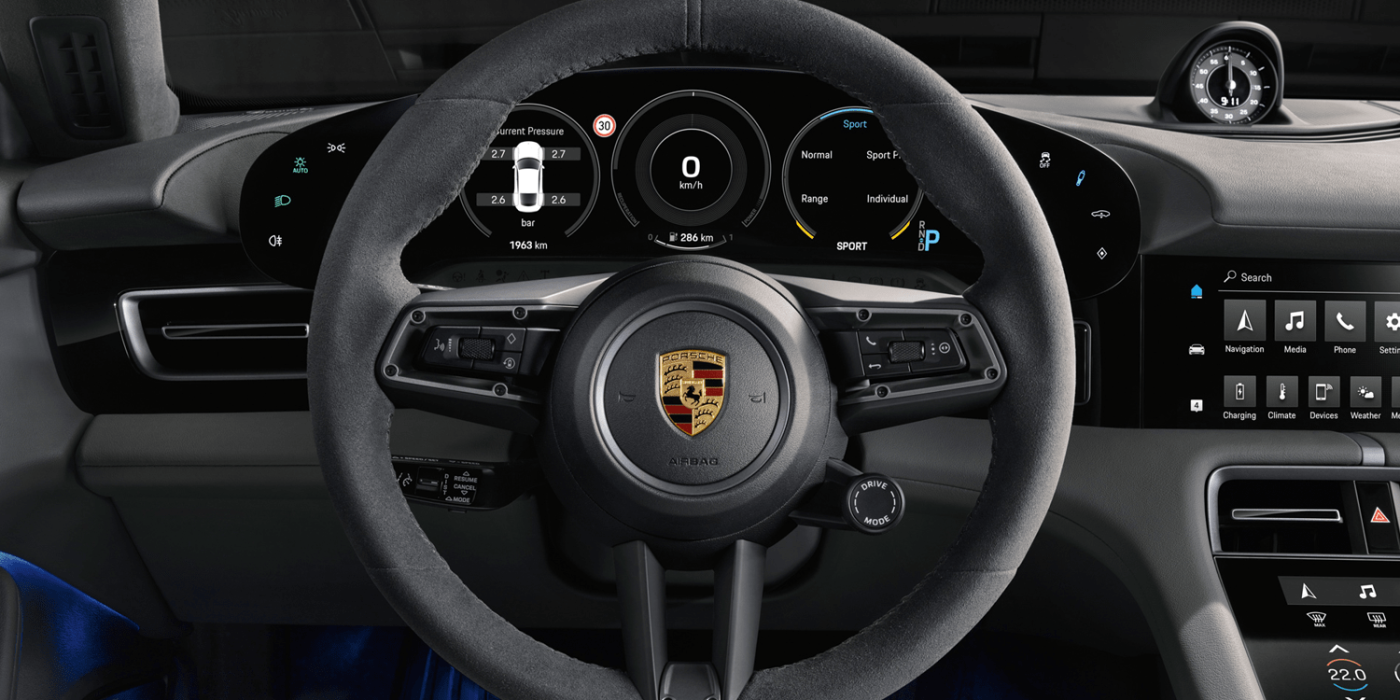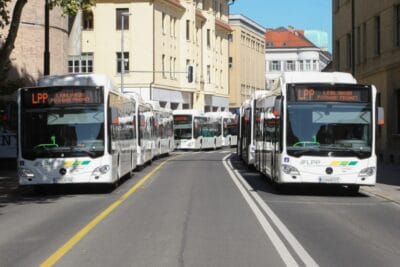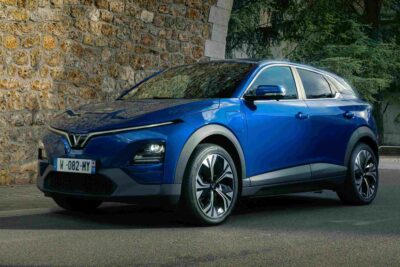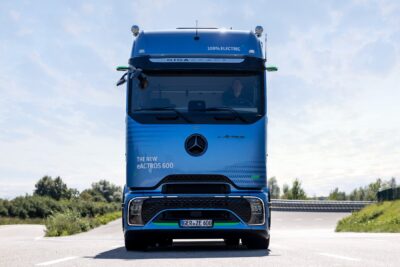Porsche working on four-motor AWD electric SUV
Porsche Engineering has developed an electric SUV with all-wheel drive and four drives – one for each wheel. Since the novel torque control does not require additional sensors, the software accommodates different vehicle setups and motor arrangements.
The requirement of the unspecified customer of Porsche’s engineering service provider was that the solution should work with the existing control units – so a pure software solution for torque control was required.
Compared to the previous solution for all-wheel-drive electric cars with axle motors, the four-engine concept (no wheel hub motors, but internal ones) has the advantage that the driving force can be distributed very variably. Since the torque is controlled purely electronically, the changes are implemented much faster than, for example, with an all-wheel-drive burner with mechanical clutches and differentials.
The basic configuration functions similarly to previous all-wheel-drive systems: When driving straight ahead smoothly, the software distributes the power evenly between the front and rear axles. When accelerating, the software can switch to a complete rear-wheel drive, and when cornering or recuperating, it can primarily use the front-drive. “This makes the vehicle noticeably more stable, even for the passenger,” says Martin Rezac, Team Leader Function Development at Porsche Engineering.
The solution can exploit its full potential if the torque of the individual wheels has to be adapted to the wheel speed. On a dry motorway, it is quite simple for the software to let all four wheels turn at the same speed. However, if, for example, the car comes to a slippery or icy spot with only one front wheel, the torque control can selectively reduce the force and thus prevent the tire from spinning. The precisely controlled motors of the electric SUV make this considerably faster and wear-free compared to limited-slip differentials on combustion engines.
The core of the system is the so-called driving condition observer. The software module, which is familiar from conventional ESP systems, controls data such as the position of the accelerator pedal, the steering angle or the car’s yaw moments. The basic problem: The car knows relatively little about its condition and can often only deduce this from a few data. To determine its speed, the car is dependent on the wheel rotation sensors – but on slippery surfaces, it is hardly possible to deduce the speed of the vehicle from the wheel rotation. The software had to be improved for precise control of the electric motors – because the electric motors can also accelerate the vehicle, not just brake it like ESP.
Sometimes electric motors need to slow down
“The development of the vehicle observer was the biggest challenge,” says Rezac. Since no additional sensors were allowed, the software developers had to be creative. “The observer, therefore, has to use additional information about the longitudinal and lateral acceleration to estimate the speed,” explains Rezac. For example, the torque control communicates with a sensor that detects the car’s angle of inclination and is usually used to adjust the headlights automatically.
Test drives on a frozen river showed that the engine control worked too well and that the fast reaction time of the electric machines caused undesirable effects. In some situations, the software shifted the torque back and forth between the axles at shorter and shorter intervals, resulting in audible over-revving of the motors and vibrations. By adapting the software, this swaying could be prevented.
Overall, the software is intended to ensure that the electric vehicle with the variably distributable drive force remains stable even in critical situations. Concrete plans for use in series production are currently not mentioned. According to Porsche Engineering, the software is not only suitable for electric SUVs with four engines, but also for “different constellations and engine arrangements”. Porsche itself is not only working on the all-electric PPE platform but also on an electric offshoot of the future Macan…





3 Comments